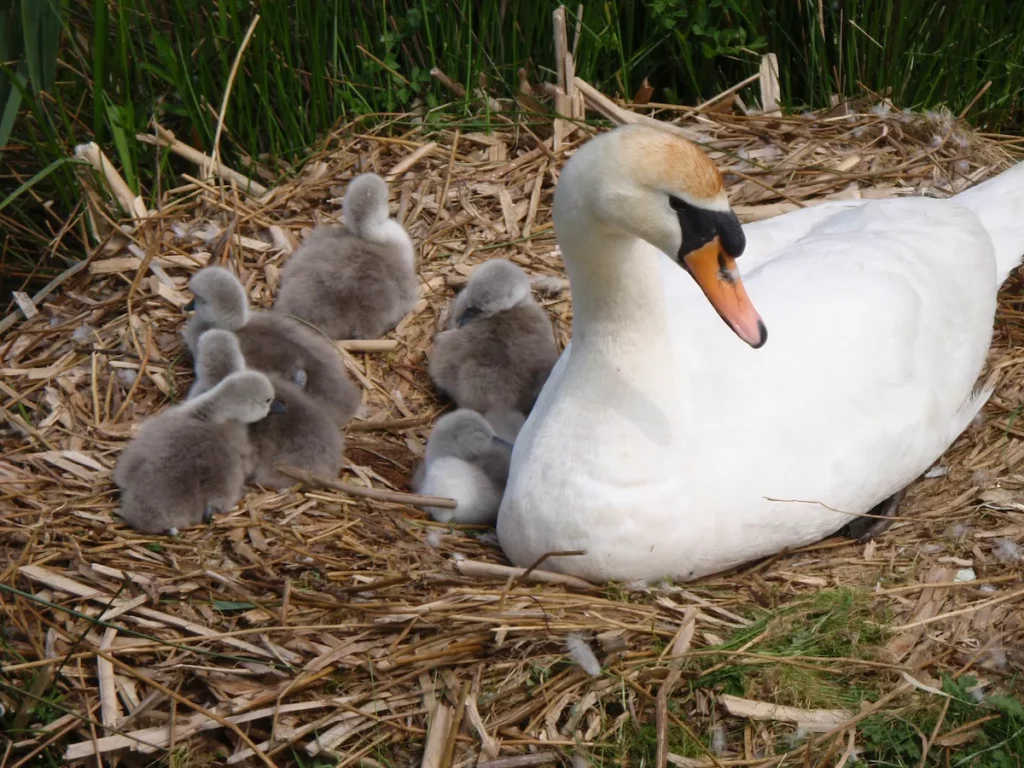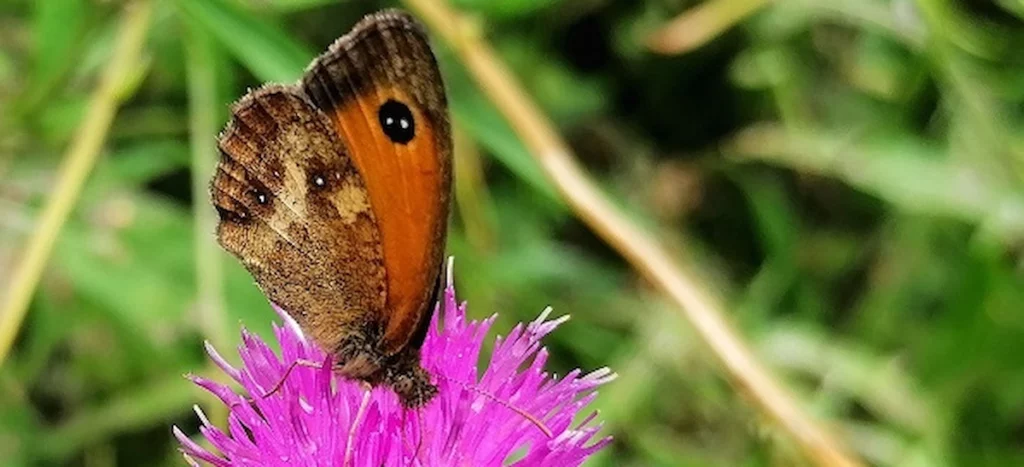Wildlife at Moors Valley
Moors Valley has a mixture of habitats including coniferous forest, deciduous woodland, lakes, ponds, rivers, meadows and heathland which, in turn, support a huge variety of wildlife.

Moors River and lakes
Our rivers and lakes are important habitats for wildlife. Resident birds on the lakes include Grey Herons and Great Crested Grebes as well as Mallards and Mute Swans. Tufted Ducks, Pochard and Teal are just some of our winter visitors. Over 20 species of dragonflies and damselflies (around half of those native to the UK) can be spotted during the summer months.
The forest
The forest is the place for reptiles with adders, slow worms and common lizards often seen. It also provides a summer home for the Nightjar, a nocturnal bird with a passion for moths and an unmistakable churring call.

Most mammals are harder to see, with grey squirrels and rabbits being the exceptions. Roe Deer, Badger, Bats and a variety of small mammals live at the park but are most active early in the morning or around dusk. Following our successful water vole re-introduction programme, you may be lucky enough to spot some of our resident water voles along Moors or Crane River.
Throughout the summer months, you will be able to see wildflowers along the path edges including Comfrey, Ragged Robin, Bluebells and Purple Loosestrife. They in turn help attract many butterflies, moths and other insects.
Later in the year, it is the trees that hold the attention; the Dog Woods and Maples especially give an excellent display of autumn colours and a great number of toadstools and other fungi can be seen on the woodland floor.